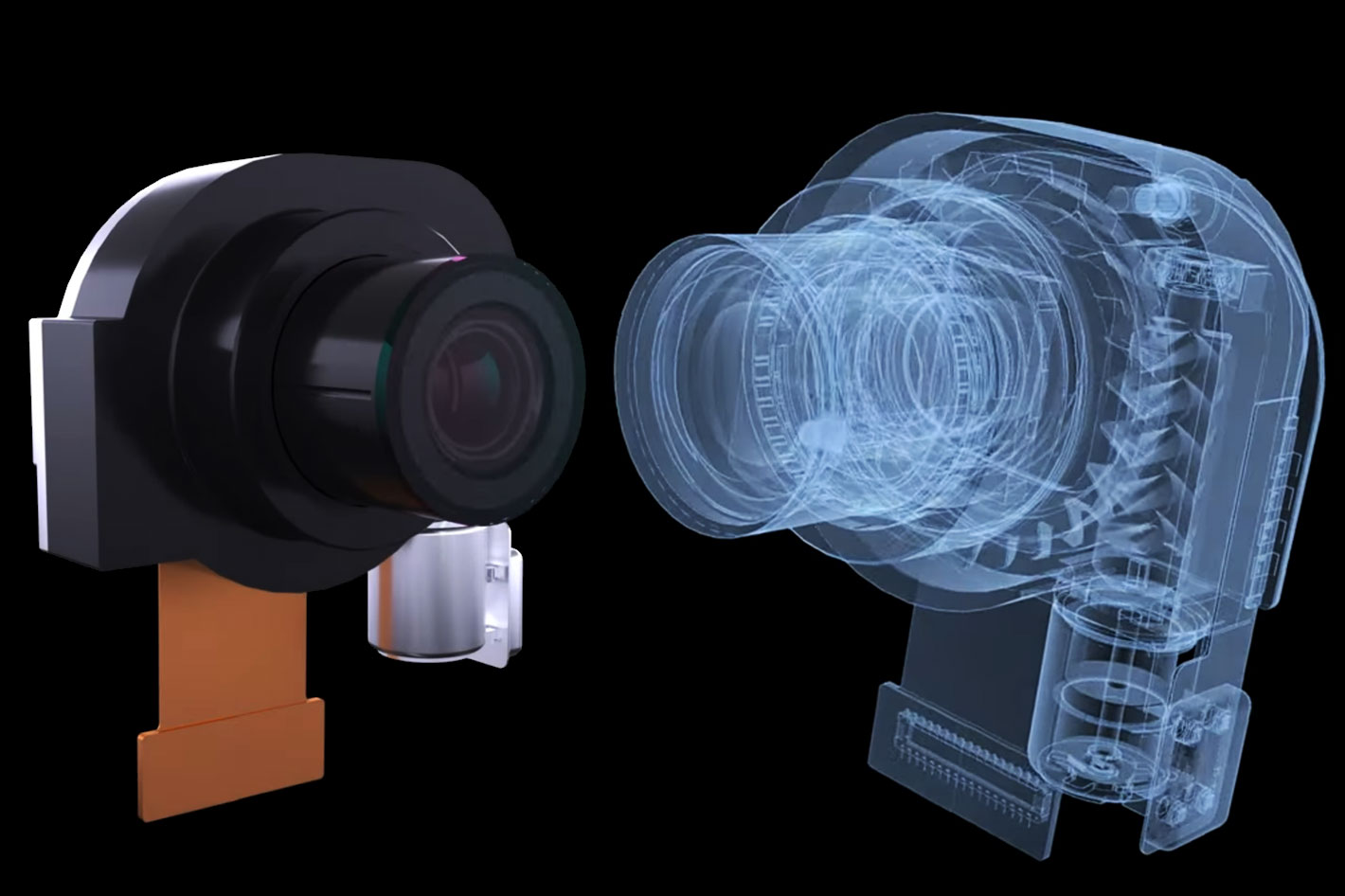
Light gathering capabilities continue to be a key element for smartphone sensors and Tecno Mobile worked with Samsung to develop a new version of Samsung’s ISOCELL sensor. The new sensor, named ISOCELL GWB, is, according to Samsung, the most “human eye-like” image sensor, able to capture photos with improved color accuracy and better brightness.
While Samsung has not confirmed if the new ISOCELL GWB, a 64MP sensor, will make it to the new smartphones from the company in 2022, TECNO already announced that cameras on its 2022 phones will be powered by a self-developed RGBW sub-pixel rendering algorithm that increases the light captured by the CMOS sensor by 60%… the ISOCELL GWB. According to the data available, light intake will be further enhanced by 30% thanks to the G+P (glass + plastic) lens technology also being used, resulting in an overall 200% increase and bringing a revolutionary low-light imaging experience to consumers.
This was revealed, by both Samsung and TECNO, during the webinar recently organized by Counterpoint Research, hosted by the company’s Peter Richardson, VP of Research, and the participation of guest speakers, from the company’s mentioned and also from DXOMARK. Participants provided an overall picture of today’s smartphone market and camera setups, present image quality comparisons across the major device segments, and discussed the innovation happening today along with expectations for 2022 and beyond.
The webinar could not happen at a better moment: the digital camera industry was disrupted by the emergence of smartphones over a decade ago and continued advancements across camera, processing and imaging technologies have resulted in today’s devices allowing everyday users to easily take professional quality pictures and video. The quality and sophistication of smartphone camera systems continue their upward trajectory and, the organizers suggest, “may one day rival even specialized DSLRs across various applications.”
The ISOCELL GWB sensor may well appear in smartphones from other brands, but TECNO wants to show it first, along with other technologies the company is developing. The company believes that by Q1 2022 it will have products on the market that will allow users to take studio-quality photos and videos without professional skills. New generation smartphones, the company says, “will enable users to create revolutionary expressive content with distinctive traits which is beyond the capability of traditional mobile cameras.”
One of the key elements to support that change is the introduction of Sensor Shift technology, which will be a first for Android smartphones, according to TECNO. First used in Apple’s iPhone 12 Pro Max, Sensor Shift is an image stabilization technology that uses sensor movements instead of lens movements to compensate for vibrations. In the future, the control accuracy of TECNO’s Sensor Shift will reach 350% of the current level with further algorithm optimization. Then, TECNO claims, consumers will be able to take studio-quality photos with more stability.
Smartphones need real optical zooms
So, armed with a smartphone with better light gathering technology and a sensor shift mechanism, what else do you need for a smartphone to be a complete camera? The answer is: a real optical zoom lens. TECNO says that its concept phone with a telescopic lens will come out in Q1 2022. The short video released shows how a motorized lens expands and retracts but also suggests that the zoom range may be limited.
TECNO says that consumers “will benefit from better quality for profile and telephotograph, as well as its multi-purpose functionality. Moreover, compressed back focal length (BFL) design with motorized stretchable lenses will significantly reduce the thickness of the phone, integrating consumer’ demands for simple appearance and high performance.”
While there are different optical solutions available or in development, using either the periscope or telescopic designs, we are still distant from a solution that puts a real large zoom – and by this, I mean an optical zoom and not those hybrid solutions explored by marketing from different companies – inside a smartphone… at an accessible price. OPPO did announce during the Mobile World Congress, in 2018, its 10X optical zoom mobile camera, with a focal range from 16 to 160mm, but we’ve not yet seen it inside any of the company’s smartphones. Still, efforts like the one from TECNO do point in the right direction.
“Leading edge cameras is one of the pillars supporting TECNO’s success in global emerging markets. With ‘Stop at Nothing’ as our brand spirit, our team at TECNO Image Technology is continuously innovating to achieve breakthroughs in mobile imaging technologies,” said Li Jiangtao, Senior Director of TECNO Imaging Product and Head of TAIVOS™ Lab, “Looking ahead, TECNO continues to strive for excellence in AI-enhanced algorithms and software, as well as hardware specifications, to deliver cutting-edge imaging performance.”
